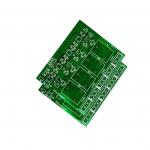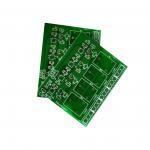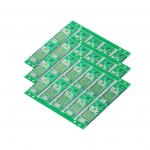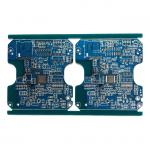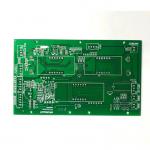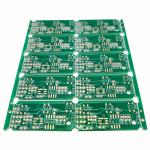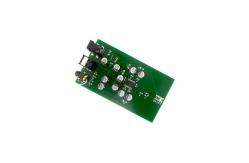High - Tg FR4 Printed Circuit Board Fabrication Through Hole
Assembly
Printed Circuit Board Fabrication Description:
1. Assemblability
PCB products not only facilitate the standardized assembly of
various components but also enable automated and large-scale mass
production. In addition, the overall assembly of the PCB and
various other components can also form larger components, systems,
and even complete machines.
2. Maintainability
Since the components of PCB products and various components are
assembled in a standardized design and large-scale production,
these components are also standardized. Therefore, once the system
fails, it can be replaced quickly, conveniently, and flexibly, and
the work of the system can be quickly restored.
Printed Circuit Board Fabrication Parameters:
| SMT Capability | 14 million spots per day |
| SMT Lines | 12 SMT lines |
| Reject Rate | R&C: 0.3% |
| IC: 0% |
| PCB Board | POP boards/Normal Boards/FPC boards/Rigid-flex boards/Metal base
boards |
| Parts Dimension | Min BGA Footprint:03015 Chip/0.35mm BGA |
| Parts SMT Accuracy:±0.04mm |
| IC SMT Accuracy:±0.03mm |
| PCB Dimension | Size:50*50mm-686*508mm |
| Thickness: 0.3-6.5mm |
Printed Circuit Board Fabrication Introduction:
The earliest use of printed circuit boards is paper-based
copper-clad printed boards. Since the advent of semiconductor
transistors in the 1950s, the demand for printed boards has risen
sharply. Especially with the rapid development and wide application
of integrated circuits, the volume of electronic equipment is
getting smaller and smaller, and the circuit wiring density and
difficulty are getting bigger and bigger, which requires the
printed board to be updated continuously. At present, the variety
of printed boards has developed from single-sided to double-sided,
multi-layer boards and flexible boards; the structure and quality
have also developed to ultra-high density, miniaturization, and
high reliability.
